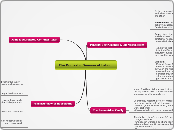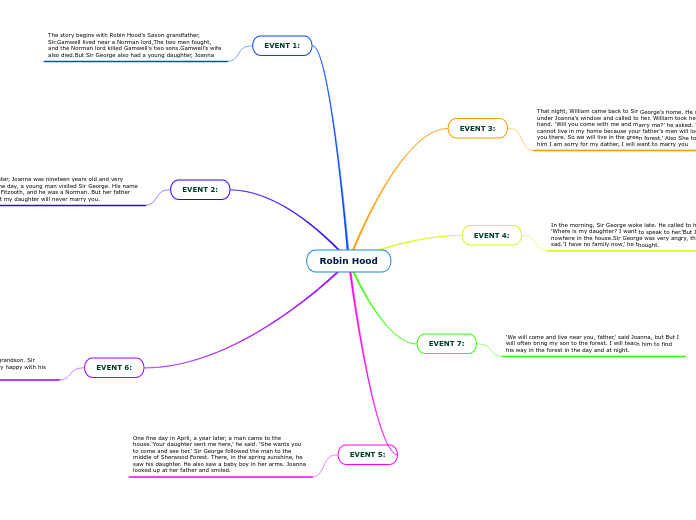av Abi Smith 13 år siden
2552
The Domestic Division of Labour
The concept of the symmetrical family suggests that the roles of husbands and wives are becoming more alike, though not identical. Women are increasingly participating in the workforce, albeit often in part-time roles, while men are contributing more to housework and childcare.









